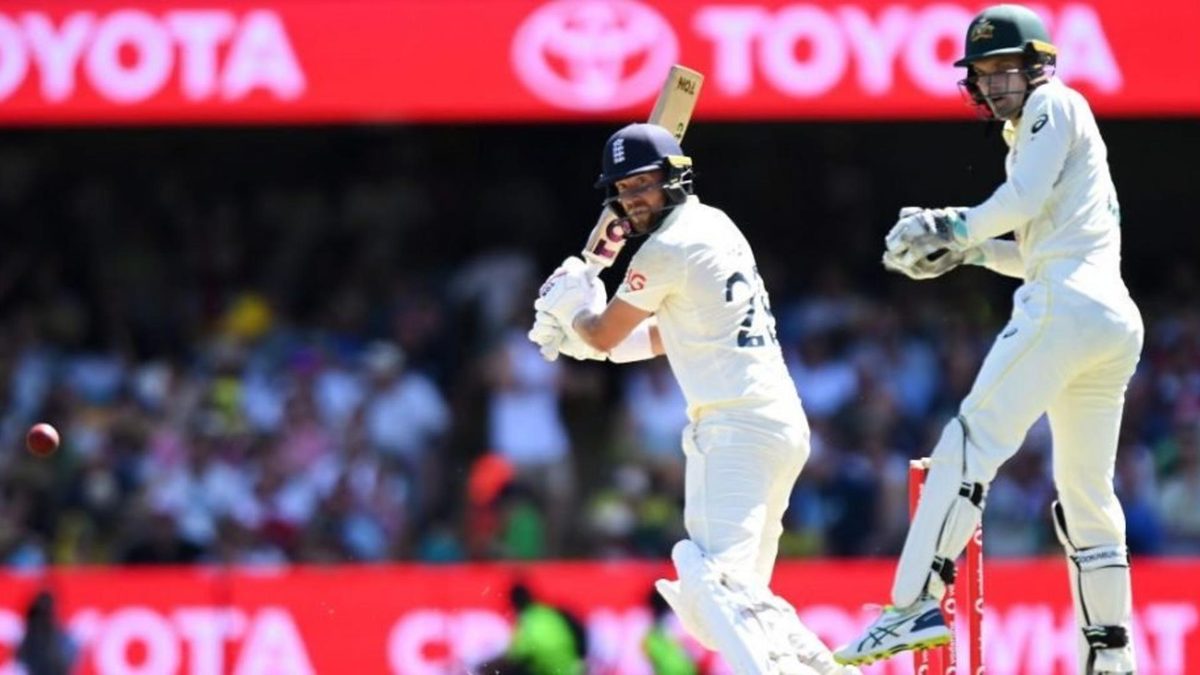
The absence of technology usually available to TV umpires caused a moment of minor controversy for the second time in two days at the Brisbane Ashes Test.
This handed back responsibility for calling front foot no-balls to the standing umpires, who missed three consecutive oversteps before replays – which can still be used at the fall of a wicket – showed that Stokes’ front foot was over the crease when he had bowled David Warner for 17. Warner went on to make 94.
Sign up to bet365 to be entered into a draw for the chance to win a Wisden t-shirt of your choice, terms and conditions apply, more information here 18+ begambleaware.org
On day two, up to 12 Ben Stokes no-balls were missed over the course of a five-over spell with the TV umpire unable to preside over front-foot no-balls owing to – according to an ICC spokesperson – a “problem with the system”.
On day three, Dawid Malan was arguably the beneficiary of a further technological fault. Like the technology used to monitor front foot no-balls, the equipment used to create Snicko was unavailable for the first Test meaning the reviews for caught behind decisions can only consider evidence provided by Hotspot.
When on 16, Malan groped at a Pat Cummins delivery just wide of his off stump. Australia appealed but the standing umpire was unmoved – Cummins then opted for the review. Hotspot, in the opinion of TV umpire Paul Wilson, proved to be inconclusive enough for him not to overturn the on-field decision.
https://twitter.com/Arki_UTD/status/1469152771844689926
There appeared to be a very faint mark – as a number of social media users pointed out – on Hotspot at the bottom of Malan’s bat but Wilson either did not see it or did not consider it clear enough to prove that Malan definitively hit the ball. It is likely that if Snicko was available, it would have provided a conclusive answer as to whether Malan touched the ball one way or another.








